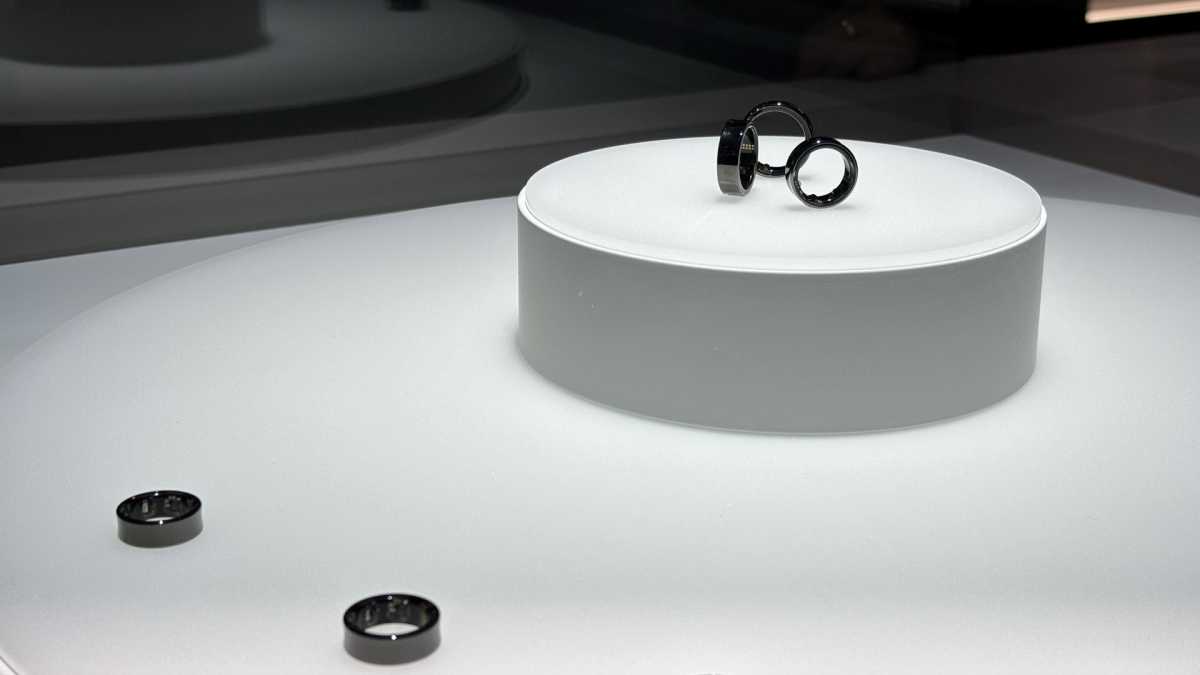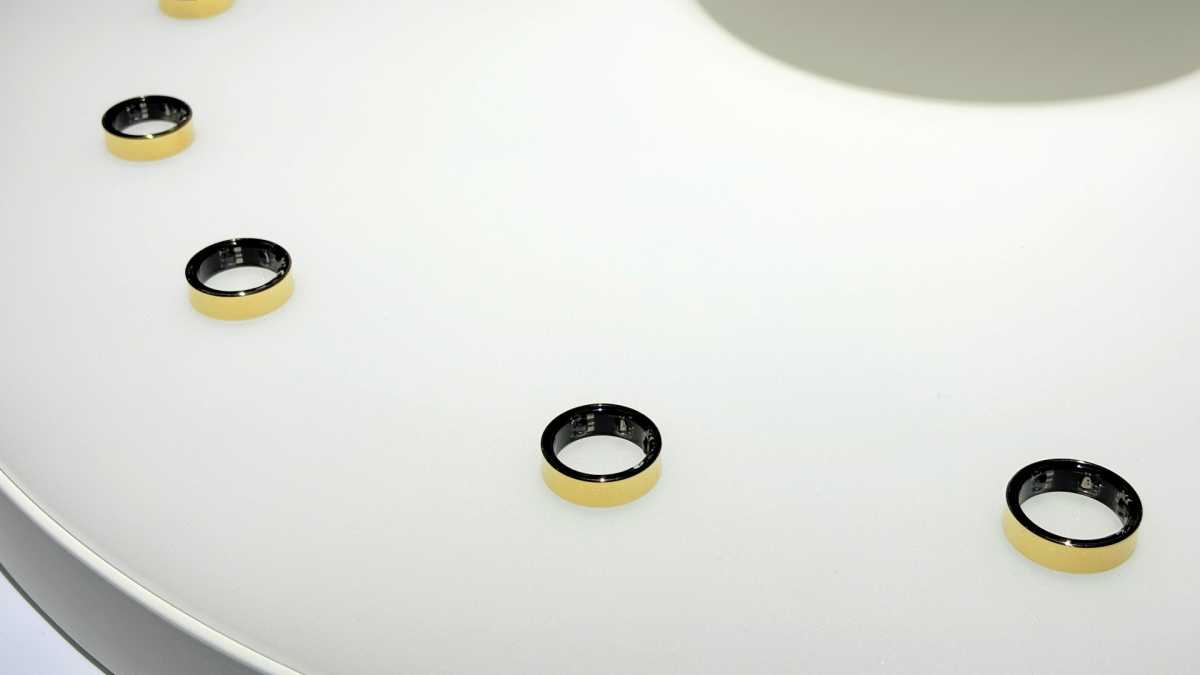Wearables have been a growing market for a few years now, but until now the market has mainly been smartwatches and fitness trackers. Samsung could be about to change that, however, with a new electronic companion that won’t live on our wrists, but rather on our fingers. Here’s everything we know so far about the Samsung Galaxy Ring.
When will the Samsung Galaxy Ring be released?
While Samsung revealed its new Galaxy Ring at the recent Unpacked event and then showed it off in more detail at MWC 2024, there’s no official word yet on when it will release other than “later this year “. But we’ve seen several rumors that give us some clues.
For a while, it looked like we might see the new device in June 2024, but that was adjusted by a recent article from Korean tech site The Elec which reports that mass production won’t begin until May, with 400,000 initial units manufactured.
This means it’s more likely that the Galaxy Ring could debut with the Galaxy Z Flip 6 and Galaxy Z Fold 6, which are expected to arrive in July 2024. The report goes on to say that the Galaxy Ring could be available as soon as the month of August.
How much will the Samsung Galaxy Ring cost?
There’s no information on this yet, as Samsung hasn’t announced a price range and there’s no history to track. That being said, there are already several smart rings on the market, including the Oura Ring 3 that we reviewed. This currently retails at a base price of $299 (around £250), but goes up from there if you want different materials. It also requires a monthly subscription ($5.99 or around £4.70) to unlock the most useful features.
As a relatively new category, smart rings haven’t yet been properly established, so we’d be surprised if Samsung comes with a premium price tag. Of course, the Korean company makes breathtaking high-end devices (with the price tag to match), which means we can’t rule anything out.
Right now the going rate is around $299, so let’s hope Samsung can use its massive industry clout to bring that down.

Chris Martin / Foundry
What features will be present in the Samsung Galaxy Ring?
The Galaxy Ring will be sold in nine different sizes and three colors: black, gold, and silver (although Samsung may give them fancier names than that).
This is similar to the Oura Ring 3 which is currently offered in eight sizes. Inside each Galaxy Ring will be a series of sensors that transmit information to an app on your smartphone (it’s not yet clear whether this will require a Samsung Galaxy handset).
The purpose of the Ring is to be a health monitoring device. In a recent press release from the company describing its vision for a smart health platform, it said: “As a new addition to our wearable device portfolio, Galaxy Ring will offer users an entirely new way to simplify daily well-being, offering them greater ideas and other ways of understanding themselves day and night.
“With Galaxy Ring, users can enjoy an unparalleled experience at every stage of their wellness journey, while benefiting from Samsung’s broader vision for a more connected, integrated and seamless digital wellness platform. »

Chris Martin / Foundry
With the mention of day and night, it’s safe to assume that sleep tracking will be one of the features supported by the Ring. In a post describing time spent with a prototype of the Ring, Tech Radar said there would be different sleep analytics not normally found on a smartwatch, these could include resting heart rate during sleep, respiratory rate, nocturnal movements, sleep apnea monitoring and sleep latency.
These will all be put together, along with other fitness and health metrics, to give the wearer a Vitality score, similar to the Readiness score you’ll already find on the Oura Ring 3. What’s different in the The approach is that Samsung will use AI technology to develop these summaries, rather than the algorithm-based approach that most health trackers have already used.
The sensors should include a heart rate monitor, Sp02, skin temperature, as well as the various sleep tracking features mentioned above. An NFC chip for contactless payments wouldn’t be a surprise either.

Samsung
From what we’ve seen so far, there won’t be any controls or buttons on the Galaxy Ring, with all interactions being done either through the sensors underneath the ring that touch the wearer’s skin or via the controls of the accompanying smartphone application. .
Samsung has previously said that the Galaxy Ring’s battery life should last between five and nine days on a single charge (depending on which size you get), which would also suggest that the tracking features disable granular controls so that you can adjust the sensitivity or which sensors stay on at any time.
There’s still a lot of mystery surrounding the Samsung Galaxy Ring, but we shouldn’t wait too long to find out if Samsung is poised to massively disrupt the wearables market.







